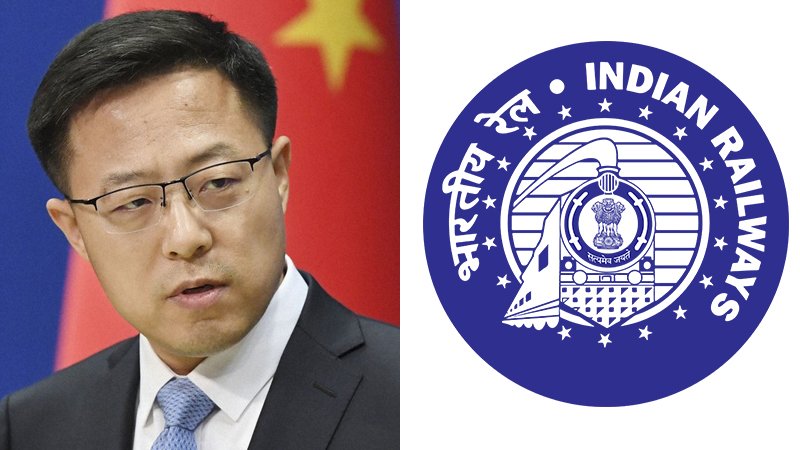The Chinese engineering firm which was tossed out of an Rs The 470-crore flagging agreement recently has dragged Railways to court against the move even as India served it the proper end letter on Friday.
The World Bank, which is subsidizing the Eastern Dedicated Freight Corridor, has not given a no-protest authentication for the end yet. Railroads have chosen to not sit tight for the World Bank and reserve this bit of the undertaking all alone.
Also Read – 6 terrorists killed in 2 encounters in 24 hours in Jammu and Kashmir
“We have served the end letter today. We might want this work to be finished by some Indian players. We are drawing new details for a re-offer with that impact,” said Anurag Sachan, Managing Director of Dedicated Freight Corridor Corporation of India Limited (DFCCIL).
The Chinese organization has moved toward the Delhi High Court to keep the DFCCIL from encashing its bank ensure. The issue was heard on Thursday.
“We will pass by Indian norms and details for the work now,” Sachan said.
An auxiliary of Chinese significant China Railway Signal and Communication Corporation (CRSC) sacked the agreement for flagging works of more than 400 km railroad lines between New Bhaupur (Kanpur) and Mughalsarai (presently Deen Dayal Upadhyay) segment for Rs 470 crore.
As first detailed in The Indian Express, the DFCCIL ended the agreement due to non-execution. In any case, the advancement was seen in the light of winning pressures among India and China as it came at a time this way.
Beijing National Railway Research and Design Institute of Signal and Communication Group Co. Ltd, an exclusively possessed auxiliary of CRSC packed away the agreement in 2016. From that point forward, there has been just around 20 percent progress in the work.

